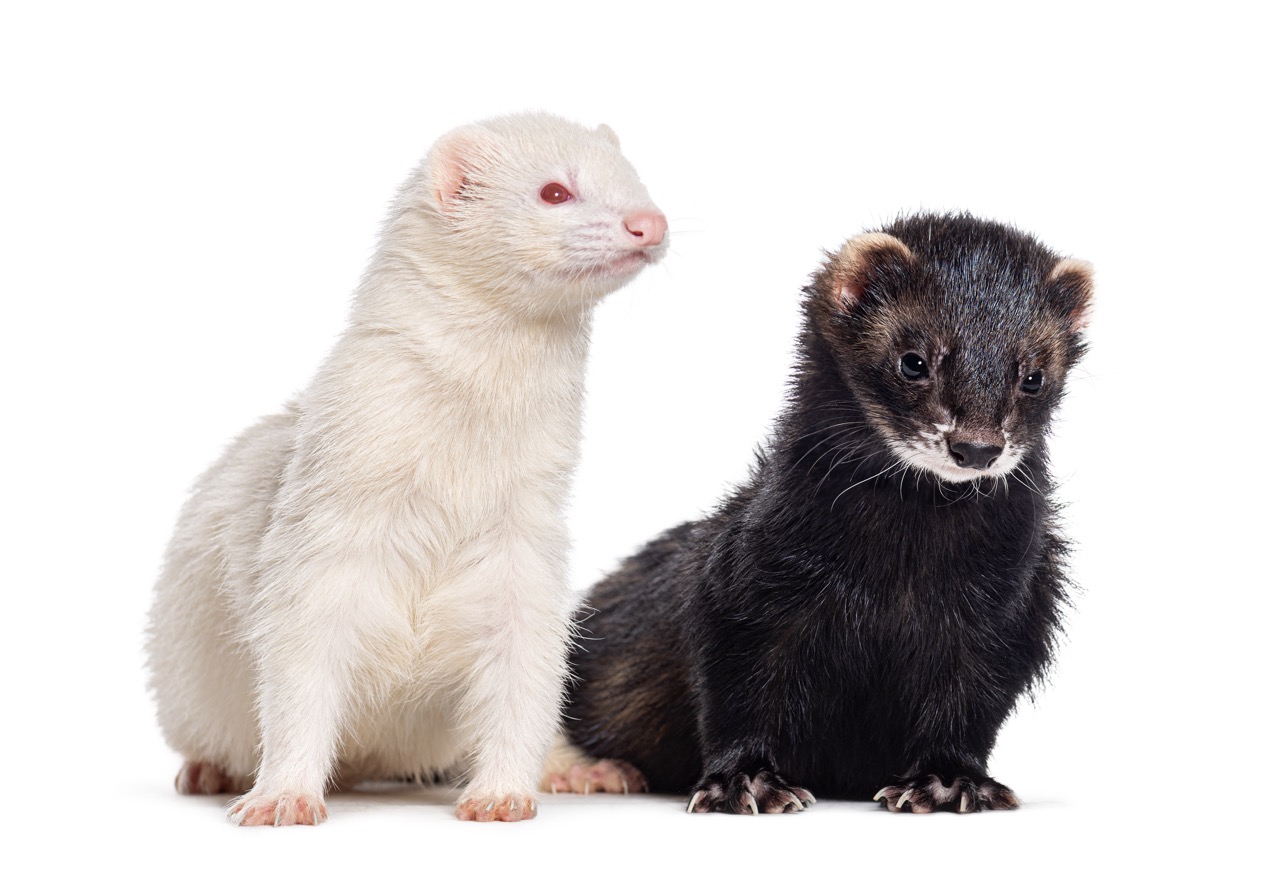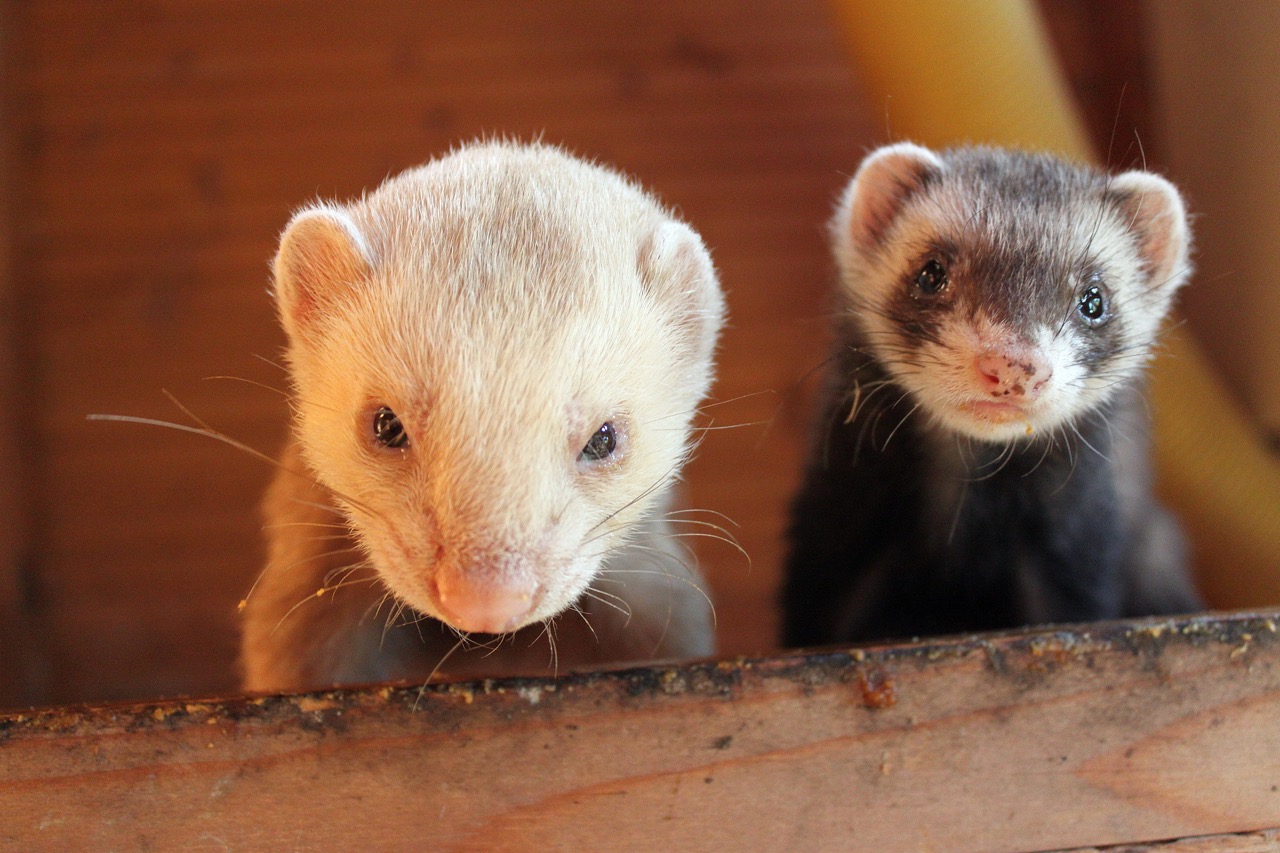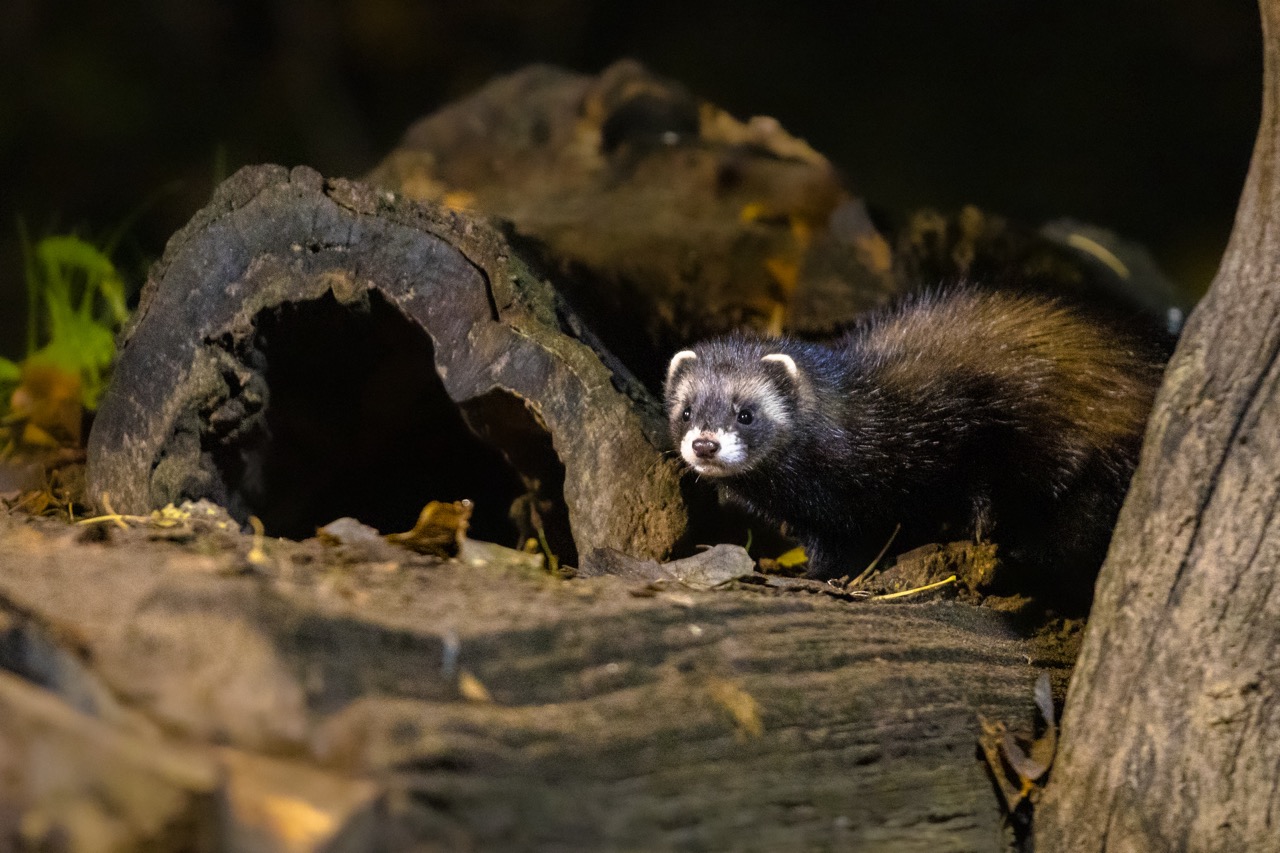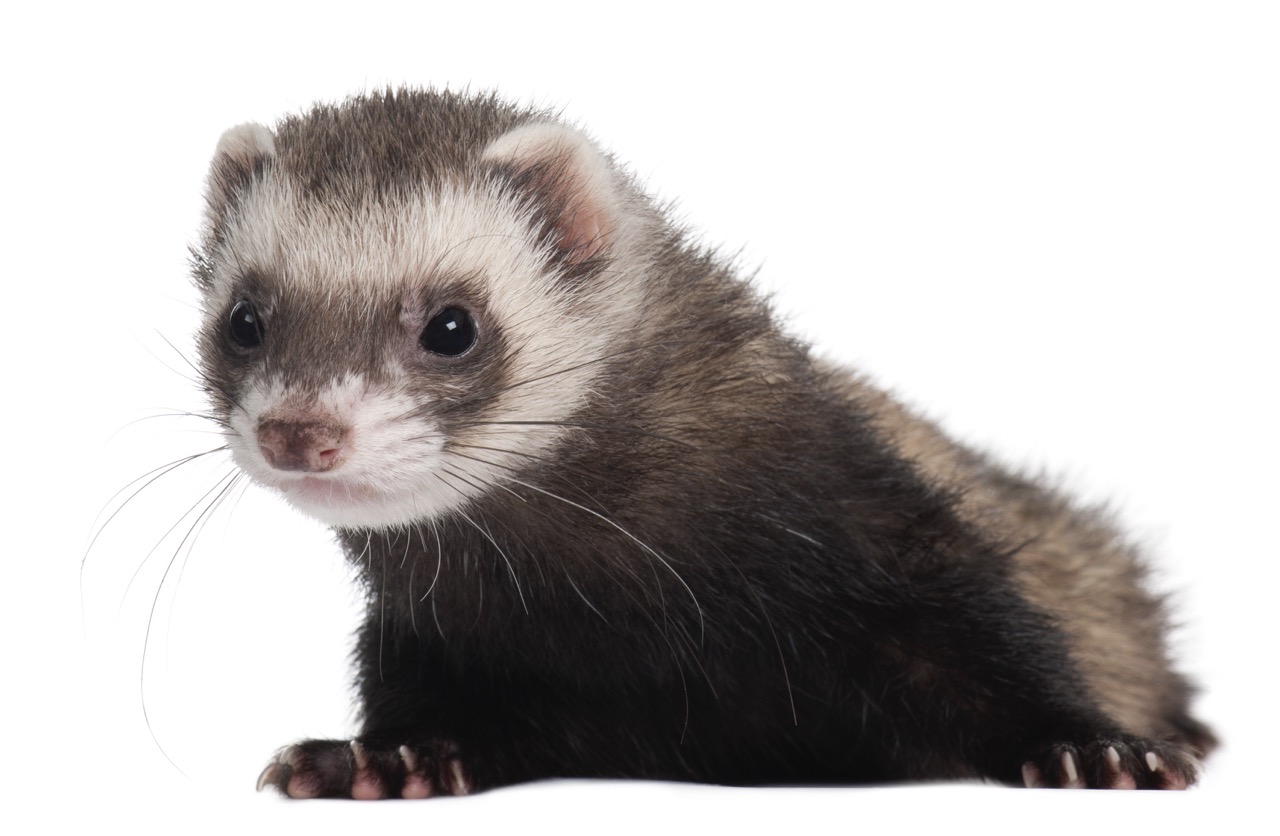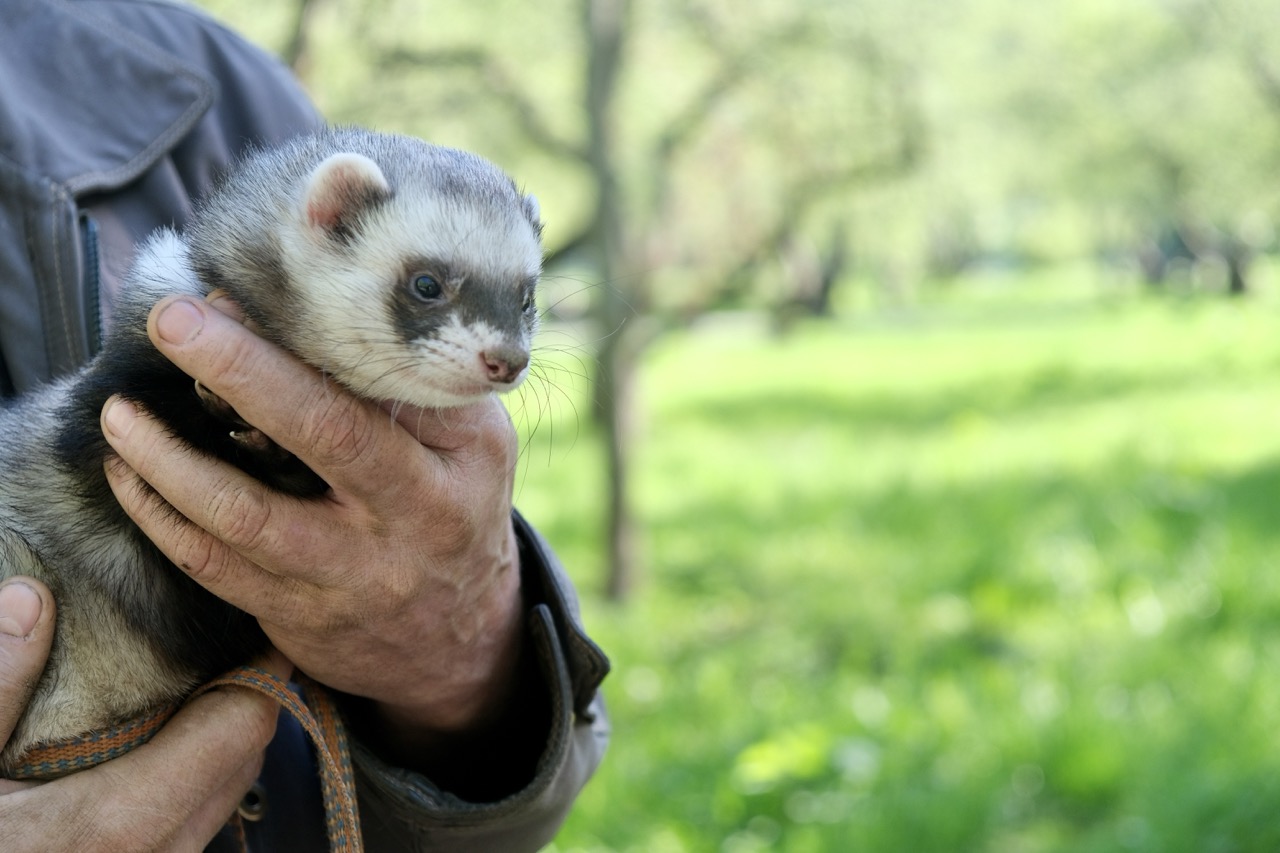Ferrets are curious, playful, and intelligent creatures that make delightful companions. However, their inquisitive nature can lead them into precarious situations if your home isn’t properly prepared for their antics. Ferret-proofing your home involves understanding their behavior, identifying potential hazards, and creating a safe environment where they can explore and play. This article will guide you through the essential steps to ensure your ferret can roam freely while minimizing risks to their safety.
Understanding Ferret Behavior: Key Traits and Habits
Ferrets are natural explorers, known for their playful and mischievous behavior. They have a strong instinct to dig, tunnel, and investigate their surroundings, making it crucial to understand their habits when ferret-proofing your home. Ferrets are also very social animals, often forming strong bonds with their human companions and other pets, which can lead to an increased desire to explore and engage with their environment.
One of the key traits of ferrets is their agility and flexibility. They can easily squeeze through small openings due to their unique body structure, which means that even minor gaps can pose a risk. Their keen sense of smell drives them to investigate anything that captures their interest, which may include items that are hazardous or unsafe. Understanding these traits will help you anticipate their behavior and create a safer space for them.
Additionally, ferrets are nocturnal creatures, meaning they are most active during the evening and night hours. This active period allows for increased exploration and playtime, but it also means that owners need to be vigilant during these hours. By understanding their behavior, you can better prepare your home to accommodate their needs while minimizing any potential dangers.
Essential Safety Measures for Ferret-Proofing Your Home
The first step in ferret-proofing your home is to assess your living space for potential hazards. Start by securing any loose wires or cords, as ferrets often chew on things that attract their attention. Use cord covers or cable management systems to keep them out of reach. Additionally, ensure that any small items, such as coins, rubber bands, or buttons, are stored away, as these can pose choking hazards if swallowed.
Next, be mindful of your furniture and large appliances. Ferrets are known to squeeze into tight spaces, so it’s essential to block off areas where they could become trapped. For example, ensure that there are no gaps between appliances and walls or between furniture pieces. Consider using baby gates or pet barriers to keep them from accessing potentially dangerous areas like staircases or rooms with hazardous materials.
It’s also important to establish a safe zone for your ferret, such as a designated play area that’s free of hazards. Use soft bedding and toys that are safe for ferrets, ensuring they have a comfortable environment to explore. Regularly check this space for any potential hazards that may arise, such as broken toys or accumulated debris.
Common Hazards: Identifying Risks for Your Ferret
Common household items can pose significant risks to ferrets. For example, toxic plants, chemicals, and cleaning supplies should be stored securely out of their reach. Many plants, such as lilies and philodendrons, are toxic to ferrets, so it’s best to research and remove any hazardous flora from your home. Similarly, ensure that cleaning products are stored in cabinets with child-proof locks to prevent accidental ingestion.
Another hidden danger is the presence of small gaps or holes in your walls or flooring. Ferrets are curious and can squeeze into spaces that most pets cannot. This can lead to dangerous situations where they become stuck or access areas that could harm them, such as behind appliances or inside crawl spaces. Regularly inspect your home for these gaps and seal them to ensure your ferret’s safety.
Finally, be cautious with the items you leave out in your home. Ferrets are known to rummage through purses, bags, and drawers, potentially finding harmful substances such as medications or personal care items. Develop a habit of putting away anything that could pose a risk, and educate others in your household about the importance of keeping dangerous items out of reach.
Creating a Ferret-Friendly Environment: Tips and Ideas
Creating a ferret-friendly environment involves more than just eliminating hazards; it also means enhancing their living space for exploration and stimulation. One effective way to do this is by incorporating various climbing structures and tunnels. These can stimulate their natural instincts to climb, dig, and explore while keeping them engaged in a safe manner. Consider investing in multi-level ferret cages or creating a play area with ramps and tunnels made from safe materials.
Adding interactive toys can also provide mental stimulation for your ferret. Toys that encourage problem-solving, such as puzzle feeders or treat-dispensing toys, can keep your ferret entertained and help prevent boredom. Rotate their toys regularly to keep their environment fresh and exciting, and always ensure that the toys are safe and appropriate for your ferret’s size.
Lastly, consider the importance of social interaction. Ferrets thrive in environments where they can engage with their humans or other pets. Schedule regular playtime outside of their cage, allowing them to explore under your supervision. By creating a stimulating and safe environment, you can enhance your ferret’s quality of life, making it both enjoyable for them and worry-free for you.
Ferret-proofing your home is an essential responsibility for any ferret owner. By understanding ferret behavior, implementing safety measures, identifying common hazards, and creating a friendly environment, you can greatly enhance your pet’s safety and well-being. A well-prepared home not only protects your ferret from potential dangers but also provides them with the freedom to explore and thrive. With these tips and tricks, you’ll be well on your way to creating a secure and enjoyable space for your beloved ferrets.






